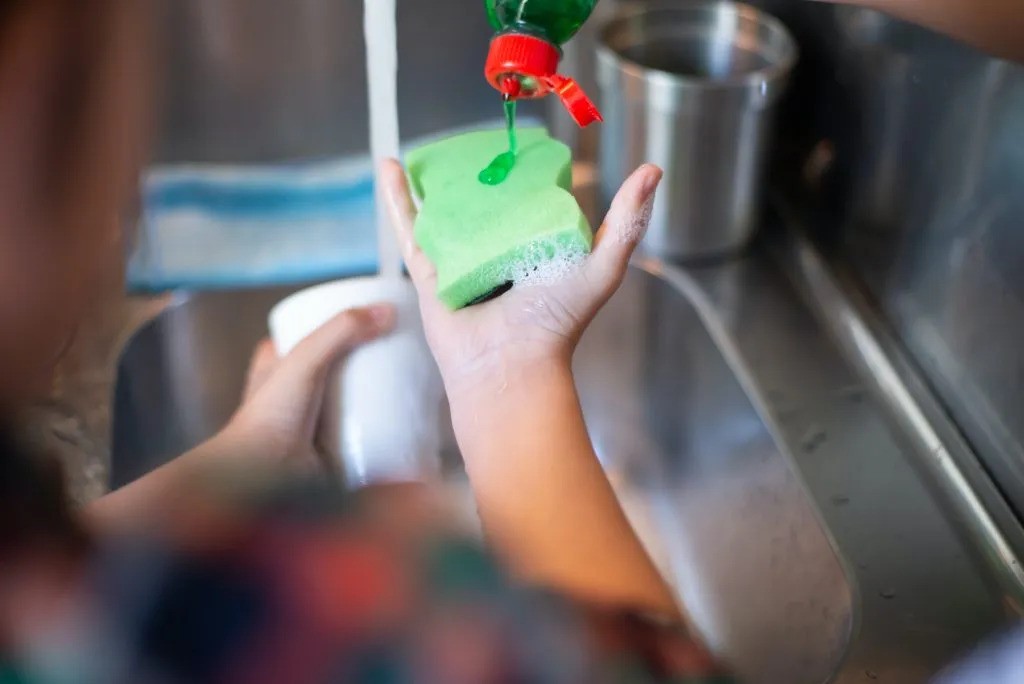Washing up liquids, commonly known as dishwashing detergents, are staples in every household. They help maintain cleanliness by removing grease and food residues from our dishes. However, it’s essential to recognize that these products can pose health risks if not used properly. This article explores the potential hazards associated with washing up liquids and provides guidance on safer alternatives and practices.
Understanding the Composition of Washing Up Liquids
Washing up liquids are formulated with various chemicals to effectively clean dishes. Key components often include:
- Surfactants: These are the primary cleaning agents that break down grease and food particles.
- Preservatives: Used to prolong shelf life, some preservatives can cause skin irritation and allergic reactions.
- Fragrances and Dyes: Added for aesthetic appeal, these can lead to skin sensitivities and allergic reactions.
Health Risks Associated with Washing Up Liquids
- Skin Irritation and AllergiesDirect contact with washing up liquids can lead to skin irritation, especially in individuals with sensitive skin. Symptoms may include redness, itching, and dryness. Prolonged exposure can exacerbate these conditions, leading to more severe dermatitis.
- Eye IrritationAccidental splashes into the eyes can cause irritation, resulting in redness and a burning sensation. It’s crucial to rinse the eyes immediately with plenty of water to alleviate these effects.
- Ingestion HazardsAccidental ingestion, especially by children, can lead to nausea, vomiting, and diarrhea. In severe cases, it may cause more serious health issues. For instance, there have been reports of multi-organ failure following the ingestion and aspiration of large volumes of washing up liquid.
- Chemical ExposureSome washing up liquids contain chemicals like triclosan, which has been associated with hormonal disruptions and environmental concerns. Triclosan can convert into dioxins when exposed to sunlight in river water, posing ecological risks.
Safe Usage Practices
To minimize health risks associated with washing up liquids:
- Use Gloves: Wearing rubber gloves can protect your skin from potential irritants.
- Rinse Thoroughly: Ensure all soap residues are rinsed off dishes to prevent ingestion.
- Store Safely: Keep washing up liquids out of reach of children to prevent accidental ingestion.
- Choose Mild Formulations: Opt for products labeled as gentle or for sensitive skin, which are less likely to contain harsh chemicals.
Environmental Considerations
Beyond personal health, the environmental impact of washing up liquids is significant. Chemicals like phosphates, once common in detergents, can lead to harmful algal blooms, disrupting aquatic ecosystems. While many regions have banned phosphates in detergents, it’s essential to be aware of other potentially harmful ingredients.
Recommendations for Safer Alternatives
For those seeking safer options, consider the following:
- Eco-Friendly Products: Brands that prioritize biodegradable ingredients and avoid harmful chemicals offer safer choices for both health and the environment.
- Homemade Solutions: Creating your own washing up liquid using natural ingredients like vinegar, baking soda, and essential oils can be an effective and safe alternative.
Conclusion
While washing up liquids are indispensable in maintaining kitchen hygiene, it’s crucial to be aware of their potential health hazards. By understanding their composition, recognizing associated risks, and adopting safe usage practices, we can protect our health and the environment. Always read labels, choose products wisely, and prioritize safety in your daily dishwashing routine.








